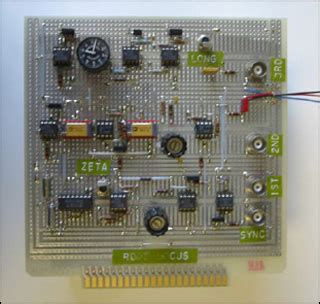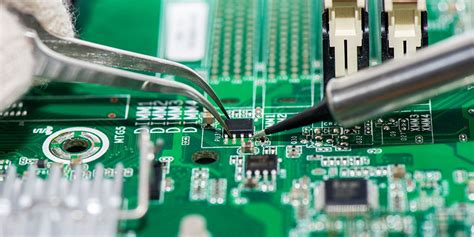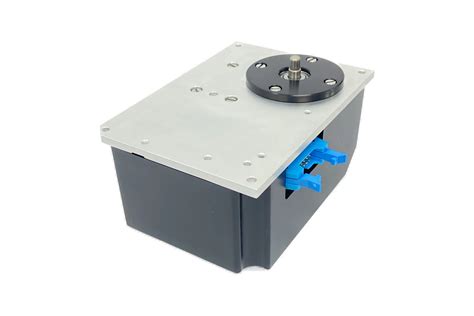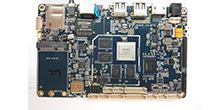Innovations in Advanced Circuits Assembly Techniques and Technologies
Key Takeaways
The realm of pcb assembly has witnessed remarkable transformations over the years, spurred by technological advancements and innovative techniques. As the demand for smaller, more efficient, and highly integrated electronic devices grows, so too does the necessity for pcba processes that can keep pace with these changes. Embracing cutting-edge technologies in circuit assembly allows manufacturers to enhance efficiency significantly. For instance, the automation of pcba processes has simplified and accelerated assembly lines, reducing errors and improving precision. Furthermore, advanced tools facilitate meticulous handling of components, ensuring that each element is placed correctly within the circuit. As a result, industries are now able to produce highly compact devices without compromising on functionality. Additionally, understanding potential integration challenges is crucial; employing best practices in circuit design will lead to superior end products. The ongoing evolution in advanced circuits assembly not only addresses current manufacturing demands but also sets the stage for future innovations that will further refine electronic manufacturing procedures.
The Evolution of Circuit Assembly: A Historical Perspective
The journey of pcb assembly has transformed dramatically over the decades, reflecting significant technological advancements that have shaped the electronics industry. Initially, circuit assembly was a manual endeavor, relying heavily on human skill and rudimentary tools. As demand for more compact and efficient designs grew, manufacturers began to adopt more sophisticated methods. The introduction of pcba (printed circuit board assembly) revolutionized the field by incorporating advanced machinery that allowed for higher production rates and improved consistency.
Throughout the late 20th century, innovations such as surface mount technology (SMT) replaced traditional through-hole mounting techniques. This shift enabled a more efficient use of space on PCBs and allowed for complex functionalities within smaller devices. The rise of automation further accelerated this evolution by streamlining many processes typically handled by skilled labor. For instance, automated pick-and-place machines now pave the way for precise placement of components, significantly reducing human error.
| Period | Key Innovations | Impact |
|---|---|---|
| 1960s – 1980s | Manual assembly | High skill dependency |
| 1990s | Introduction of SMT | More compact designs |
| 2000s – Present | Automated assembly lines | Increased production efficiency |
As we look back at this evolution, it is clear that each advancement in technology has played a crucial role in addressing the growing demands for efficiency and precision in electronic manufacturing processes. Understanding these historical transitions enhances our appreciation for contemporary methods while providing insight into future innovations in pcb assembly techniques that will continue to shape electronic design and manufacturing.
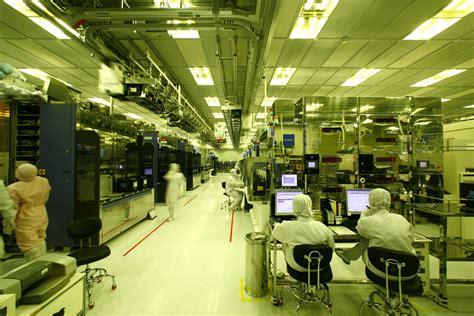
Key Innovations in Advanced Techniques for Circuit Assembly
The field of advanced circuits assembly has witnessed significant progress, driven by innovations that elevate the standards of pcb assembly and pcba. One notable advancement is the implementation of high-precision placement technologies, which ensures optimal positioning of components on circuit boards. This enhancement not only maximizes efficiency but also dramatically reduces the likelihood of errors that can arise during the assembly process. Additionally, the adoption of automated inspection systems has transformed quality control in circuit manufacturing; these systems utilize sophisticated imaging techniques to detect defects that may go unnoticed by human operators. Furthermore, flexible circuit designs have emerged, allowing for better integration and expansion in compact electronic devices. The ability to create circuits that bend and fit into varied spaces represents a paradigm shift in product design. As we delve deeper into these innovations, it becomes apparent that the evolution of techniques in advanced circuits assembly leads to unparalleled improvements in both productivity and consistency—setting a robust foundation for future developments in electronic manufacturing.
Enhancing Precision in Circuit Manufacturing: Tools and Technologies
In the realm of pcb assembly, precision is paramount, as it directly impacts the reliability and performance of electronic devices. The advent of innovative tools and technologies has drastically improved the accuracy of pcba processes. Automated optical inspection (AOI) systems now play a crucial role, allowing manufacturers to detect defects in the assembly process with high accuracy and speed. Additionally, advanced pick-and-place machines have been developed to enhance placement precision, minimizing the risk of misalignment during component mounting. Moreover, the integration of real-time monitoring systems enables manufacturers to track each step of the pcb assembly process, ensuring that each component meets stringent specifications before moving forward. The use of robotics is also reshaping production lines, as these systems can perform repetitive tasks with unmatched consistency and speed, reducing human error significantly. Ultimately, these advancements in tools and technologies are not only enhancing precision but also paving the way for more complex circuit designs that are integral to modern electronics manufacturing. As we continue to explore these innovations, it becomes clear that a focus on meticulousness is essential for staying competitive in a rapidly evolving industry.
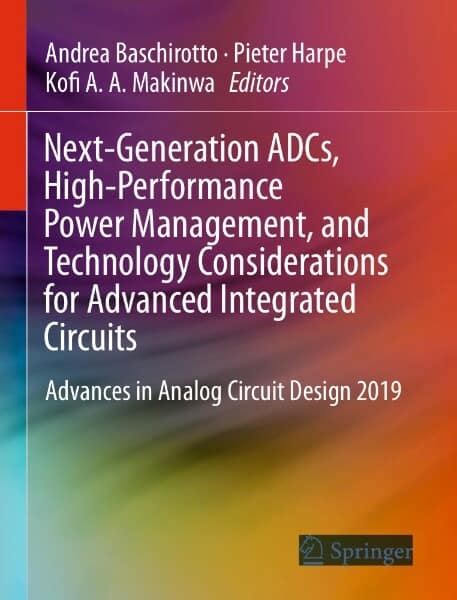
Streamlining Processes: Efficiency Gains in Modern Circuit Assembly
In today’s rapidly evolving electronics landscape, pcb assembly has become essential for enhancing productivity and maintaining quality. The integration of advanced circuits assembly techniques allows manufacturers to not only speed up production but also optimize resource utilization. Automated processes play a crucial role in this streamlining, reducing the chances of human error and ensuring consistent precision in each batch of pcba. The introduction of advanced machinery, combined with smart software solutions, means that tasks like soldering and component placement are executed with remarkable accuracy.
Furthermore, adopting lean manufacturing principles can significantly elevate efficiency levels. This approach minimizes waste by optimizing workflows and making more effective use of materials. For instance, implementing just-in-time inventory management ensures that components are available when needed without overstocking, thus improving cash flow and reducing storage costs.
“The key to successful pcb assembly lies in balancing speed with quality. Employing innovative techniques while retaining precision is vital.”
With the emergence of newer materials and technologies, manufacturers are witnessing significant improvements in thermal management and circuit density. These advancements not only contribute to smaller device footprints but also elevate the overall performance of the circuit assemblies.
Ultimately, the challenge remains for businesses to continually adapt to these qualitative advances while managing costs effectively. By embracing innovations in both hardware and software domains within the advanced circuits assembly sphere, manufacturers can look forward to achieving greater efficiency gains that resonate throughout their production processes.
The Role of Automation in Advanced Circuit Assembly
In today’s rapidly evolving landscape of pcb assembly, automation plays a crucial role in enhancing the efficiency and precision of the pcba process. By integrating advanced robotics and intelligent systems, manufacturers can streamline various stages of circuit assembly, from initial component placement to final inspection. Automated systems reduce human error, ensuring that each solder joint is made with impeccable accuracy, which is paramount for the reliable performance of electronic devices. These advancements not only improve production speed but also enable complex designs that were previously difficult to achieve manually. Furthermore, automation facilitates real-time monitoring and data analysis, allowing companies to swiftly identify and rectify issues in the assembly process. As a result, automation is not just a trend but a vital component in the quest for superior quality and performance in modern electronics production. With ongoing innovations in technology, the synergy between automation and pcb assembly methodologies promises a future where circuit design is more efficient, integrated, and reliable than ever before.
Integration Challenges: Best Practices for Modern Electronics
In the ever-evolving landscape of advanced circuits assembly, one of the primary hurdles is ensuring effective integration across various electronic components. As the complexity of devices increases, so does the need for meticulous pcb assembly processes. The transitions from traditional methods to modern techniques have revealed critical best practices that can mitigate integration challenges. For instance, adhering to standardization in component layouts and ensuring compatibility among diverse pcba designs play a pivotal role in enhancing accuracy during assembly. Moreover, leveraging advanced software tools for simulation can preemptively identify potential integration issues before they escalate into larger production problems. Utilizing innovative soldering technologies can also improve joint reliability and boost overall efficiency. By prioritizing these strategies, manufacturers not only streamline production workflows but also significantly enhance the precision and quality of their electronic products, ultimately leading to a more seamless integration of complex systems in modern electronics.
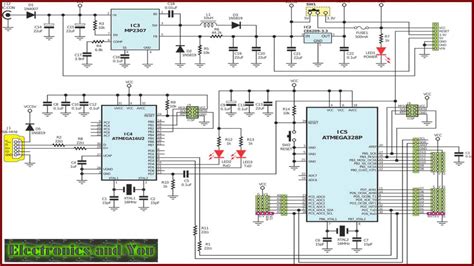
Future Trends in Circuit Design and Assembly Technologies
As the demand for faster, more efficient electronics grows, the pcb assembly industry is witnessing transformative changes. Techniques such as additive manufacturing are reshaping traditional approaches to pcba, allowing for more intricate designs and faster prototyping. The integration of machine learning algorithms further enhances design capabilities by enabling more precise calculations during assembly processes, predicting potential issues before they arise. Additionally, innovations like flexible circuits are gaining traction, allowing manufacturers to create devices that are both lightweight and durable, meeting the needs of a dynamic consumer market. Furthermore, the trend toward miniaturization continues to push the boundaries of what is possible in electronic components, making it essential for engineers to explore new materials and assembly methods that can accommodate these smaller sizes without compromising quality or performance. As these technologies evolve, it’s clear that future pcb assembly processes will not only focus on improving efficiency but will also emphasize sustainability—utilizing eco-friendly materials and reducing waste in manufacturing environments. The intersection of these advancements signifies a pivotal moment for circuit design and assembly technologies, suggesting a robust future that embraces innovation while addressing critical industry challenges.
Conclusion
In examining the trajectory of advanced circuits assembly, it becomes evident that the field is in a state of constant evolution. Today’s pcb assembly processes are at the forefront of integrating cutting-edge technologies that significantly improve both efficiency and precision in electronic manufacturing. Innovations such as automated placement systems and advanced inspection techniques have redefined industry standards, enabling manufacturers to enhance the quality of their pcba products while minimizing waste. Furthermore, as electronic devices grow increasingly complex, the integration challenges associated with circuit design and assembly highlight the need for best practices that ensure seamless operation and reliability. Embracing these advancements not only positions companies to meet current demands but also prepares them for future trends in circuit design and assembly technologies, paving the way toward a more interconnected world driven by innovation.
FAQs
What is PCB assembly and why is it important?
PCB assembly, or PCBA, refers to the process of connecting electronic components to a printed circuit board. This fundamental step is crucial in creating functional electronic devices, as it ensures reliable connections and efficient performance.
What are the latest innovations in PCBA?
Recent advancements in pcb assembly techniques include the use of advanced materials, automated processes, and improved testing methodologies. These innovations enhance precision, reduce manufacturing time, and increase overall quality.
How do automation technologies impact circuit assembly processes?
Automation drastically transforms the pcb assembly landscape by minimizing human error, optimizing workflow efficiency, and facilitating consistent quality. Automated machines can handle complex tasks at high speed, significantly improving production rates.
What challenges do manufacturers face in advanced circuit assembly?
Integration challenges arise from the diverse range of components available today. Effectively managing these complexities requires best practices such as standardization of processes and enhanced communication between design teams.
What future trends are emerging in circuit design and assembly?
Emerging trends in pcba include miniaturization of components, increased integration levels, and a focus on sustainability. These trends reflect an ongoing commitment to efficiency and innovation in the electronics industry.




